#French military
Text


Napoleonic era French light cavalry officers' sabre with the à la Marengo style hilt
This style of sabre hilt, with the rounded langets and semi-S shaped guard. Is one of two types that are associated with the la Marengo type. The other has a similar cross guard but a pommel cap that bends towards the knuckle bow, decorated with a lions' face.
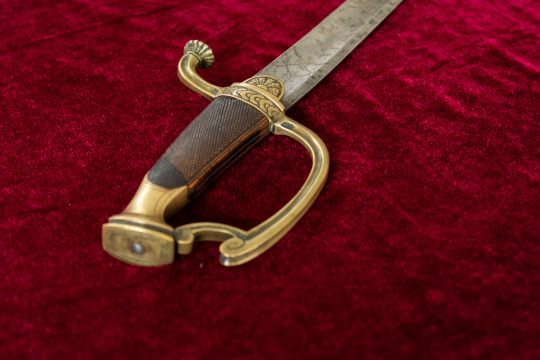

These styles are said to have gained popularity following Consular Napoleon's victory over the Austrians in Jun 1800 at the Battle of Marengo. French sword cutlers purportedly drew their inspiration from the sabre carried by Napoleon during the campaign.
It has been claimed that only officers who had participated in the battle were permitted to carry this style of hilt, however this is unlikely to have been true, given the number of surviving examples.
This sword carries a Solingen made 'export' blade with generic engraving that would originally have been highlighted in gold on a background of blue.


Stats:
Overall Length - 935 mm
Blade Length - 795 mm
Curve - 54 mm
Point of Balance - 140 mm
Grip Length - 125 mm
Inside Grip Length - 105 mm
Weight - 700 grams
#swords#sabre#Napoleonic era#military antiques#antiques#sabres#cavalry swords#military#19th Century#Light cavalry#French military
72 notes
·
View notes
Text
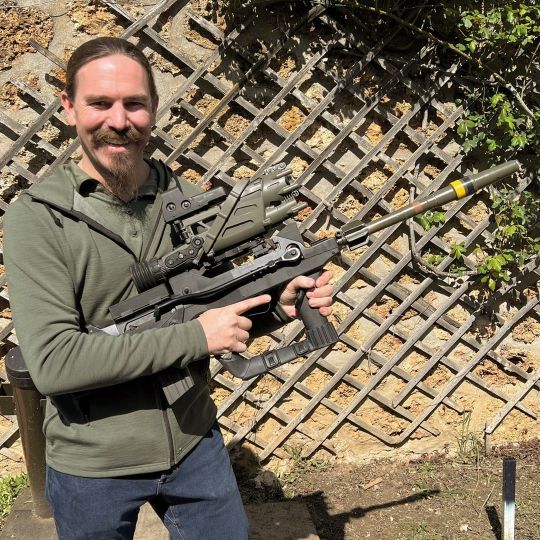
An Ian McCollum, looking extremely happy; he is holding a French FAMAS F1 FÉLIN 5.56mm assault rifle, with the FÉLIN computerized scope (unclear on variant; this could be the standard infantry night vision scope, or the squad commander's thermal sight) with a piggyback EOTech holographic sight, and a 40mm BTRG AP/AV (aka AP-AV-F2) multi-purpose anti-personnel/anti-vehicle rifle grenade mounted to the muzzle.
Source: forgottenweapons on Instagram
23 notes
·
View notes
Text



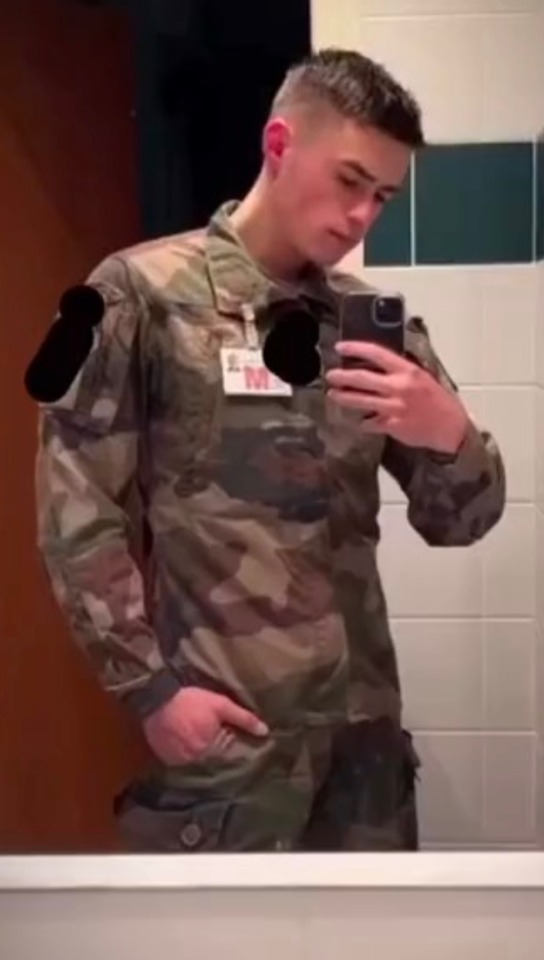




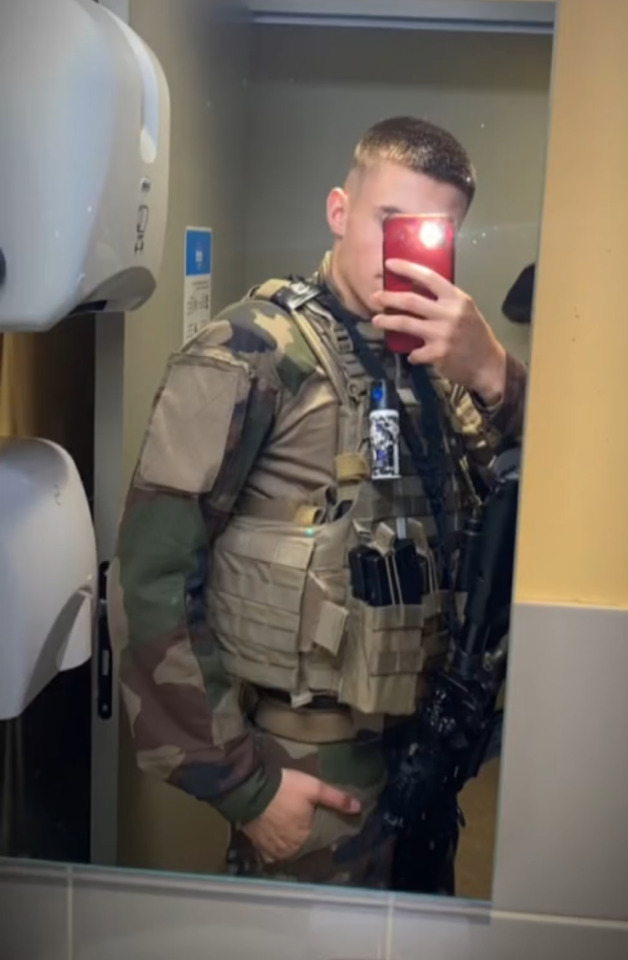

Happy New Year to all of y’all out there!! A lil late but heartfelt.
Shout out today to our French military brothers…
#military life#military uniform#military gear#militär#militaire#military#militarymencollection#french#french military#hothunks#handsome#military stud#stud#cuteness#cute boys
215 notes
·
View notes
Text

French 6th Dragoon Regiment, Crimean War 1854-1856
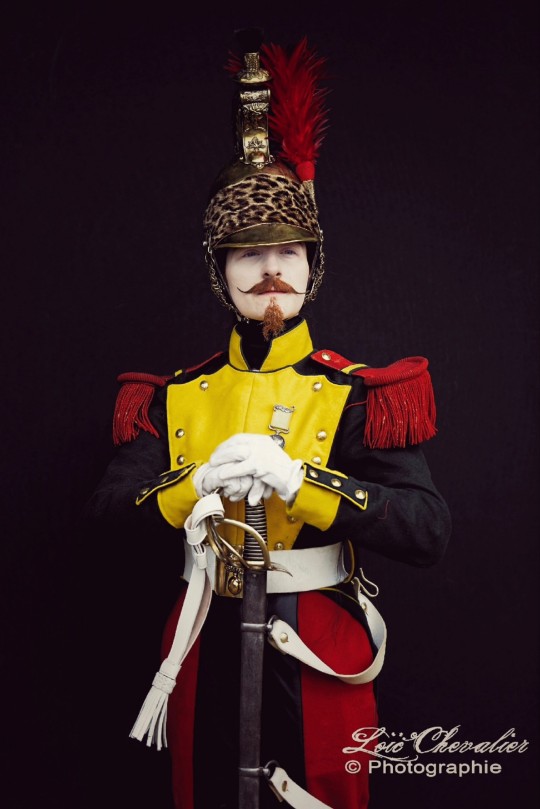
#french history#military history#cavalry#history#military aesthetic#dragoon#napoleon bonaparte#reenactment#napoleon iii#napoleon 3#second empire#french military#Crimean War#light cavalry#eupatoria
43 notes
·
View notes
Text

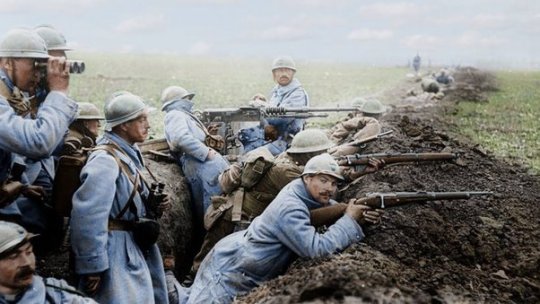


The Battle of Verdun, lasting from the 21 February - 18 December 1916, was the longest battle of the First World War. As with much of the Western Front, Verdun became a very static battle with the Germans launching offensives, but the French line held. The Germans would attack one side of the line, and it would hold. The Germans would attack the other side of the line, and it would hold. The battle became a symbol of the French and their tenacity.
14 notes
·
View notes
Text

"Shelly, we have found the defector."
#team fortress 2#tf2#tf2 pyro#infection au#tf2 oc#shelly#sfm#slf#sl:fortress#tf2 infection au#pyrobot#spider pyro#arsonist#brimstone#phoenix#carl#pilot#french military
11 notes
·
View notes
Note
Hello, what is the absolute UNIT next to this dude?

Shell for the French Obusier de 400 Modèle 1915/1916 railway howitzer.
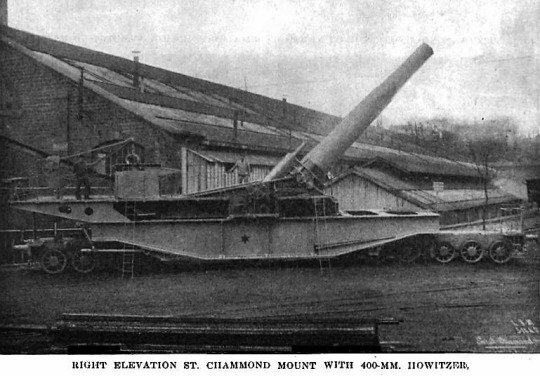
The howitzers were made from surplus 340mm naval gun barrels, shortened to 25 calibers and bored out to 400mm, then placed onto a railway carriage for transport and firing. Only 12 were made.
The projectiles used varied in weight between 641–900 kg (1,413–1,984 lb):
* Armor piercing: weight 641 kg, maximum velocity 465 m/s, maximum range 16 km
* Common: weight 890 kg, meximum velocity 465 m/s, maximum range 15.1 km
* High-explosive: weight 900 kg, maximum velocity 530 m/s, maximum range 15.8 km
Their range was between 15.1 and 16 km (9.4 to 9.9 miles) at a firing angle of 65 degrees. Compared to its parent naval gun with a range of 18 km, this was sufficient.
The howitzers were used at the Battle of Verdun, Battle of the Somme, the Second Battle of the Aisne, and at least two were operated by United States forces (53rd Coast Artillery Regiment, Coast Artillery Corps). All survived the war.
In World War 2, all twelve howitzers were used to reinforce the Maginot Line in the Alsace and Lorraine areas. They saw no action due to a lack of targets in their assigned sectors. After the French Armistice, eight of the guns would be pressed into service by Germany as the 40 cm Haubitze (Eisenbahn) 752(f). Six of these eight captured guns would see use during the Siege of Leningrad.
None are thought to have survived the Second World War.
10 notes
·
View notes
Text
youtube
#youtube#militarytraining#Neptune Strike#Mediterranean Fleet#Naval Exercises#Military#Navy#Military Technology#Mediterranean Sea#French Navy Operations#Aircraft Carrier#Naval Operations#French Armed Forces#French Navy#Aircraft#Warship#Naval Aviation#French Military#Fighter Jets#Operations#Naval Tactics#Helicopters
3 notes
·
View notes
Text
Ukrainian commander authorises French military instructors to visit Ukrainian training centres
Ukraine’s Commander-in-Chief Oleksandr Syrskyi stated that he had signed documents allowing French military instructors to visit Ukrainian training centres in the near future, according to Reuters.
Earlier, Syrskyi held talks via video link with French Defence Minister Sébastien Lecornu.
I am pleased to welcome France’s initiative to send instructors to Ukraine to train Ukrainian servicemen. I have already signed the documents that will enable the first French instructors to visit our training centres shortly and familiarise themselves with their infrastructure and personnel.
Syrskyi then noted that France’s commitment would encourage other partners to join this “ambitious project.” The Ukrainian Defence Ministry also reported that Kyiv has expressed interest in a project to receive foreign instructors since February.
As of now, we are still in discussions with France and other countries on this issue.
French President Emmanuel Macron spoke about sending troops to Ukraine at a conference in Paris in February. There, he suggested that allied troops could help by training Ukrainians in Ukraine. Commenting on the move to send French military instructors, France’s defence ministry stated:
As already mentioned several times, training on Ukrainian soil is one of the projects discussed since the conference on support for Ukraine convened by the President of the Republic on February 26. Like all the projects discussed at that time, this track continues to be the subject of work with the Ukrainians, in particular to understand their exact needs.
Meanwhile, Ukraine’s recent law on mobilisation expanded the powers of recruitment agencies and allowed them to tighten measures to catch conscripts. Now, Ukrainian men are even afraid to go out on the street, with citizens massively posting images of empty shopping centres and streets on social media.
On May 18, Ukraine passed a law on toughening the rules of mobilisation. According to the new regulations, employees of territorial conscription centres will be able to issue conscription papers to Ukrainians round the clock.
Read more HERE

#world news#world politics#news#europe#european news#european union#eu politics#eu news#france#france news#french politics#french military#ukraine#ukraine war#ukraine conflict#ukraine news#ukraine russia conflict#ukraine russia news#war in ukraine#russia ukraine war#russia ukraine crisis#russia ukraine conflict#russia ukraine today#ukrainian armed forces#syrskyi
2 notes
·
View notes
Text


French infantry officers 'Sabre à Garde Tournante'
This is my second 'Sabre à Garde Tournante' which translates to sabre with a rotating guard, referring to the unique side bar that folds in front of the knuckle-bow when not in use.


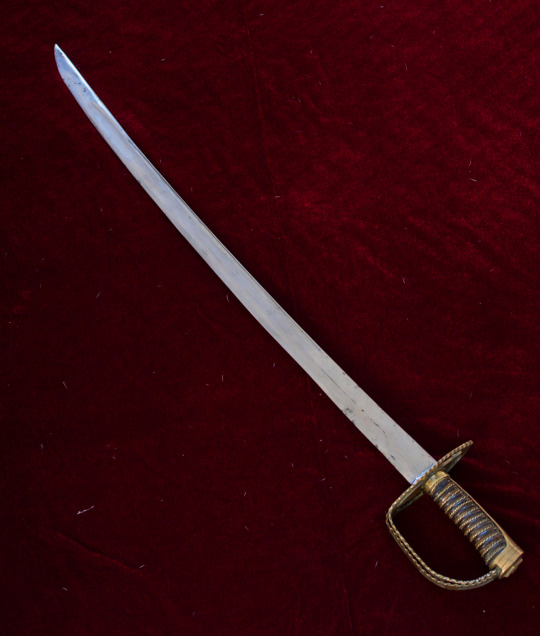
This style of guard became popular in France around 1784 and remained fashionable until about 1800. For a short period the English also followed this trend and they can occassionally be found on 1788 Pattern light cavalry officer swords or 1786 regulation infantry officers swords. But the style faded out with the introduction of the 1796 Patterns. Interestingly Austria actually adopted the rotating guard into their regulation patterns and there it remained in use until the middle of the 19th Century.
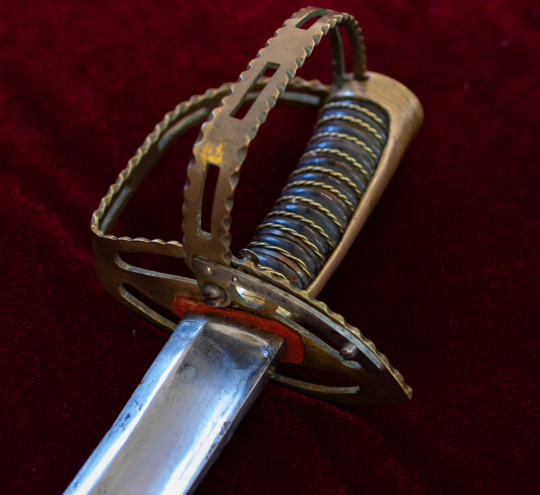
This example has a single side guard that folds out to the outside of the grip that has been scalloped along the edge with a decorative feature that is frequently seen on these swords.

The short blade length and the single frog stud on the scabbard chape mark this as having belonged to an infantry officer of a lower rank who still marched with his men.
Stats:
Overall Length - 765 mm
Blade Length - 740 mm
Curve - 14 mm
Point of Balance - 110 mm
Grip Length - 125 mm
Inside Grip Length - 105 mm
Weight - 610 grams
#sword#sabre#rotating guard#French military#antiques#military antiques#18th Century#napoleonic wars#French swords#Sabre a Garde Tournante
36 notes
·
View notes
Text
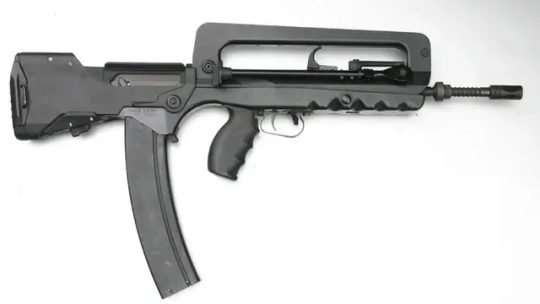
FAMAS F1 with experimental 50-round extended magazine.
9 notes
·
View notes
Text

French Foreign Legionnaires coming in from one of their famous route marches or long desert patrols. Hence their unofficial motto ' March or Die'. (FTP)
2 notes
·
View notes
Text

A French Soldier during an airborne operation as part of Exercise Swift Response 17 Phase II near the Joint Multinational Readiness Center Hohenfels, Germany.
The U.S. Army photo by Gertrud Zach (2017).
12 notes
·
View notes
Text

#military history#history#french history#cavalry#reenactment#dragoon#military aesthetic#napoleon#napoleon bonaparte#napoleoniii#napoleon3#napoleonic#grandearmee#french reenactment#french military#frev
10 notes
·
View notes
Text




The French Military, or Forces armées françaises, has, in recent years, been shifted towards two main purposes. Especially after the 2015 terrorist attacks, they would be turned towards a peacekeeping and policing role at home, while overseas, they would specialize in policing activity in the colonial regions owned by France, particularly in Africa. With desert warfare and policing activity becoming less of a priority within recent years, and the possibilities of peer-to-peer large scale war becoming increasingly likely, the abilities of the French Military have been called into question as of late.
12 notes
·
View notes
Text
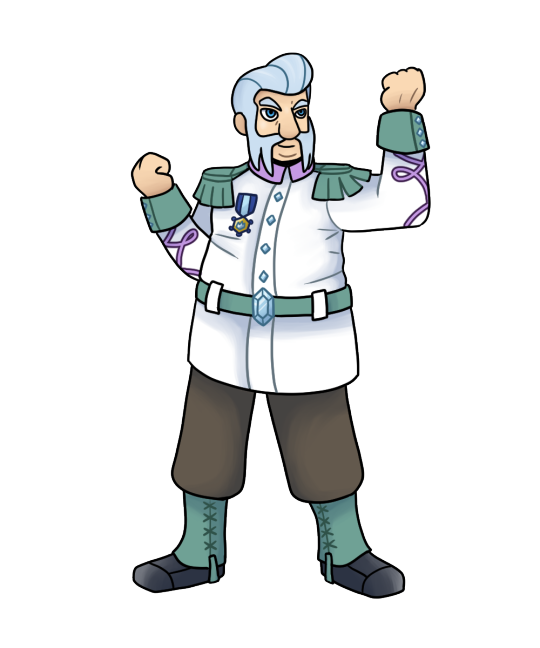

Wulfric in a Sygna Suit! If you couldn't guess, his partner is abomasnow :D
His outfit is inspired by french military outfit, but the parading one for the 14th july procession
Once again, drawn for @choochooboss' lovely magma session!
#wulfric#pokemon#gym leader wulfric#abomasnow#sygna suit#pokemon masters ex#french military#fashion#military fashion#LBArt
6 notes
·
View notes